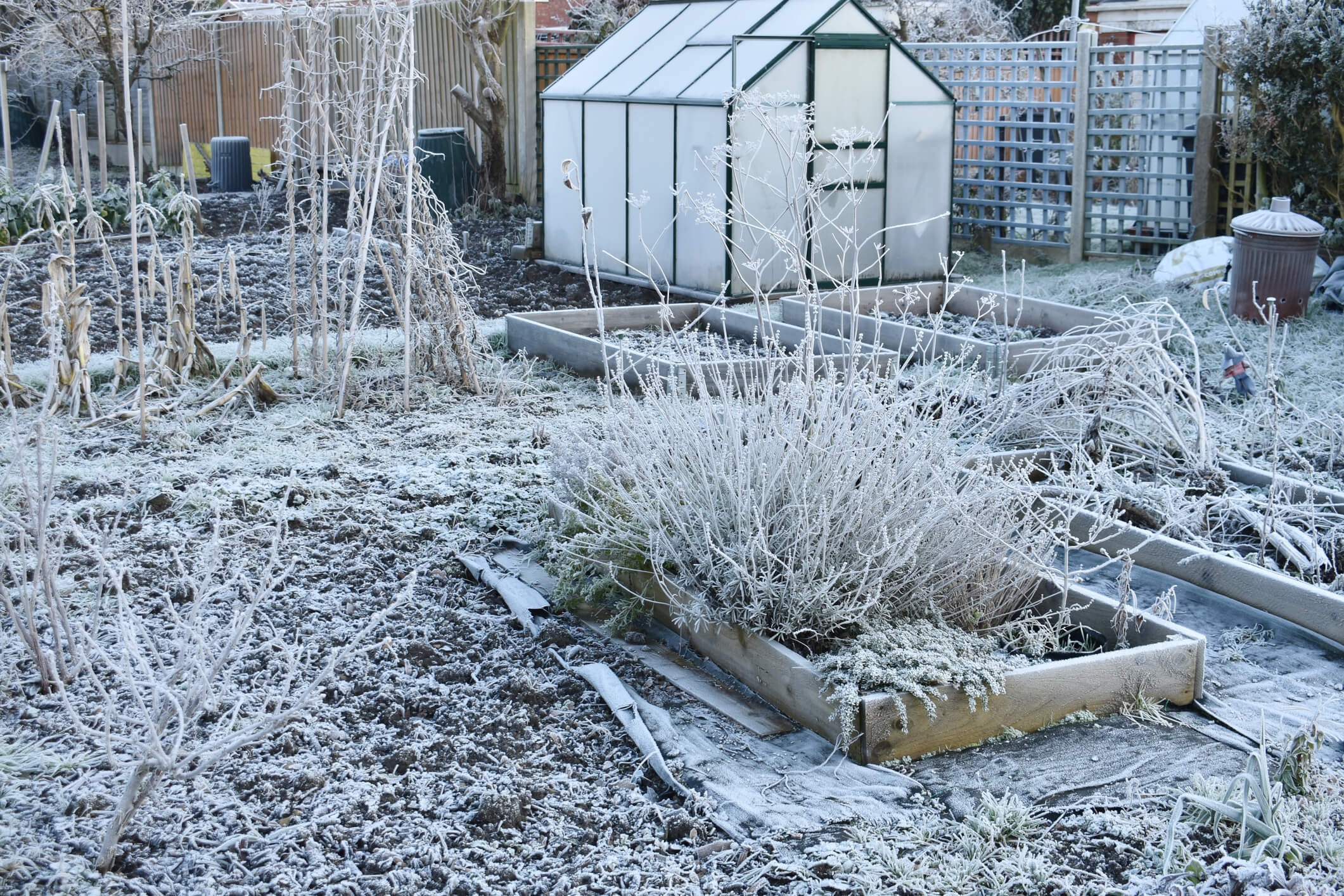Professor emeritus Dr. Mike Gismondi and research assistant Cara Shan will co-lead project to determine the feasibility of a passive solar greenhouse in Athabasca
It's not easy to grow vegetables year-round when the overnight low is -30 C in winter and you might only get a few hours of good sunlight a day.
Two Athabasca University researchers believe passive solar greenhouses—heated entirely or mainly with stored radiant energy from the sun—have the potential to significantly extend the growing season in northern communities, meaning more locally grown food to meet local demand. If they're right, this could also provide jobs and economic development opportunities in these communities.They're starting this work with a feasibility study in Athabasca, Alta.
"There's a lot of capacity here," said Dr. Mike Gismondi, a professor emeritus in the Faculty of Humanities and Social Sciences who has also been heavily involved in the Athabasca community for the past three decades.
"There's community capacity but there are also the sustainable building specialists in the Centre for Architecture. This project was a convergence of a few different threads."
He and Cara Shan, a student in the Master of Arts - Interdisciplinary Studies program who has worked as a research assistant on several projects related to rural economic development, are co-leading the feasibility study for the town.
We want to find a business model where it sustains itself but can also generate some employment, community benefits, and opportunities for young farmers,.
Cara Shan, co-lead researcher
Extending the northern growing season
The challenge of growing food in a northern winter is self-evident: nothing grows when the temperature is below freezing. Traditional greenhouses can extend the season a little bit in spring and fall but are prohibitively expensive to operate in the winter.
"A conventional greenhouse is very inefficient for a cold-weather climate in the winter," Shan explained. "You're just pumping it full of heat all the time."
A passive solar greenhouse, by contrast, could use a combination of measures to improve efficiency, reducing the amount of energy needed to heat the structure in the cold winter months.
These could be relatively simple measures. You can build a north wall from materials like clay or hempcrete that can efficiently capture and store heat during the day and release it when the temperature drops overnight. You could also install heavy blankets that would automatically roll down at night to retain the heat.
The improvements could also be more innovative and technical in nature. Gismondi sits on a local climate change action committee with a greenhouse owner and engineer who specializes in heat recapture. He is exploring a system that would involve solar thermal collector on a south facing black steel roof, transferring heat into tubes extending 15 metres underground, effectively pumping the summer heat underground and allowing it to slowly release back into the greenhouse over the winter.
The two AU researchers hope to draw inspiration from similar projects, including work happening in Olds, Alta., Invermere, B.C., and in Minnesota.

A natural fit with Athabasca
Shan has worked on other rural revitalization projects, including a current role as a research assistant with the Quality in Canada's Built Environment project, led by AU Centre for Architecture chair Dr. Douglas MacLeod.
It was through this work that she connected with Gismondi. They got to talking about passive solar greenhouses, and both thought Athabasca would be a good fit for this kind of a study.
Gismondi said based on his connections in the community and discussions he's had, there is a lot of interest in this sort of project and other micro agriculture innovations from local governments and not-for-profit groups. There's also an active farmers market, many greenhouses in the region, and it's an agricultural community so there's a lot of interest in growing food locally.
"There's lots of different people interested in food sovereignty, and just growing food, who would want to be involved," Gismondi said.
A 'roadmap' to help other rural and northern communities
The study itself will consider the technical design of the building, a market exploration, and what kind of ownership models might be feasible for this kind of greenhouse to be successful and sustainable.
"We want to find a business model where it sustains itself but can also generate some employment, community benefits, and opportunities for young farmers," Shan said.
The two will host a series of consultations and workshops in the Athabasca area to explore these ideas and have two main goals.
First, they hope the workshops themselves will promote more partnerships and agri-business skills to build a stronger local food economy.
Second, they want to assess the opportunity for new types of food businesses in Athabasca and reduce uncertainty for prospective entrepreneurs. They hope this work will support other community groups looking to implement these ideas elsewhere.
"We're also going to work on kind of a roadmap for other communities, so what we learn from people, we can share," Gismondi said.
Grant funding
This project is funded by a $90,000 grant provided to the Town of Athabasca through the provincial Small Community Opportunity Program. The $10,000 matching portion of the grant was provided from the Quality in Canada's Built Environment project at AU.
Anyone interested in getting involved with the project can email mikeg@athabascau.ca or cshan@athabascau.ca.
Learn more about research assistant opportunities on AU's Research Office website.